Film School: The Psychology of Colors in Cinema Expresses feelings, situations and circumstances
Colors Are Especially Important In Cinema. What Color Each Scene In A Movie Is Shown To The Viewer Is Also Influential In Creating The Atmosphere Of The Story.
Psychology of Colors, the coloring seems to be very important in cinema and has a key place. Although lighting, lighting, and space-making techniques require a professional study and expensive equipment, to understand the psychology of colors in cinema, you only need to go through endless examples in various films.
While the grading of colors, color correction, and color quality in movies seem highly specialized, the psychology of colors in cinema is simpler and more interesting.
The colors in the cinema help to show the spirits of the characters and make it easier to create the atmosphere of the scenes
Colors in cinema express emotions, situations, and situations. The psychology of colors is critical in feature and independent films. Still, in general, the use of colors in a film helps the viewer better understand the story and characters of the film.
Every color in cinema has its own positive and negative characteristics. In the following, you can get acquainted with the partial use of each color in movies [and, of course, TV series]. Psychology of Colors
Red
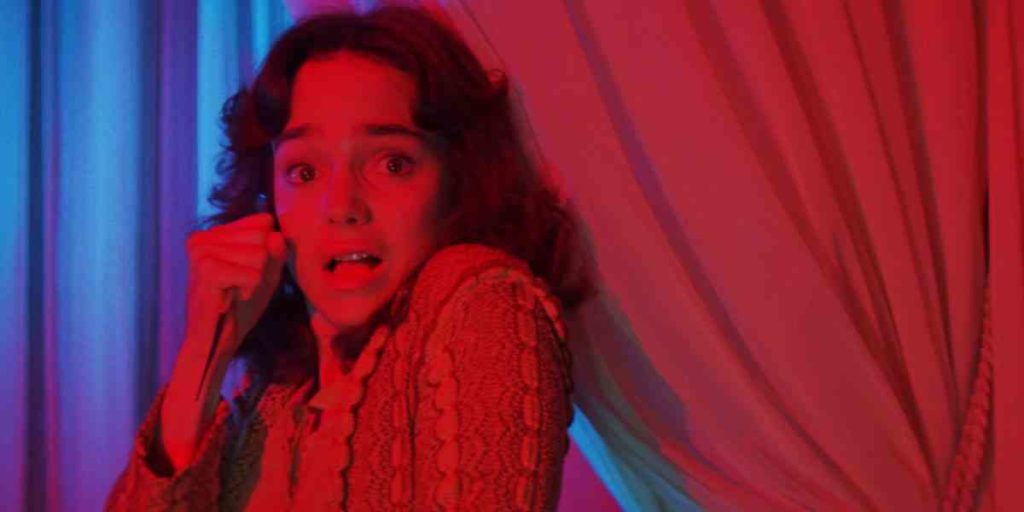
Red is without a doubt the most important color used in cinema. This color, which has many uses, is widely accepted among the various genres of cinema. Perhaps the most important use of red in cinema is to show anger.
But directors also use this color to show the passion and excitement in the hearts of their characters. Love and affection are other emotions that are reflected by the color red in cinema.
Usually, when energy and speed are seen in cinematic narratives, the images turn red. Characters who have a lot of power and look evil often have red clothes or makeup because aggression and violence also show up well with the help of red.
In movies, fire sometimes comes with a hint of red, and the battles narrated in the middle of the night are usually shown to the viewer in the same color.
However, showing the danger with red should be considered the most important use of red in cinema. This color is felt repeatedly in many horror movies because red is basically an exciting color that danger can feel by watching. Needless to say, scaring the audience is another use of red in cinema.
pink
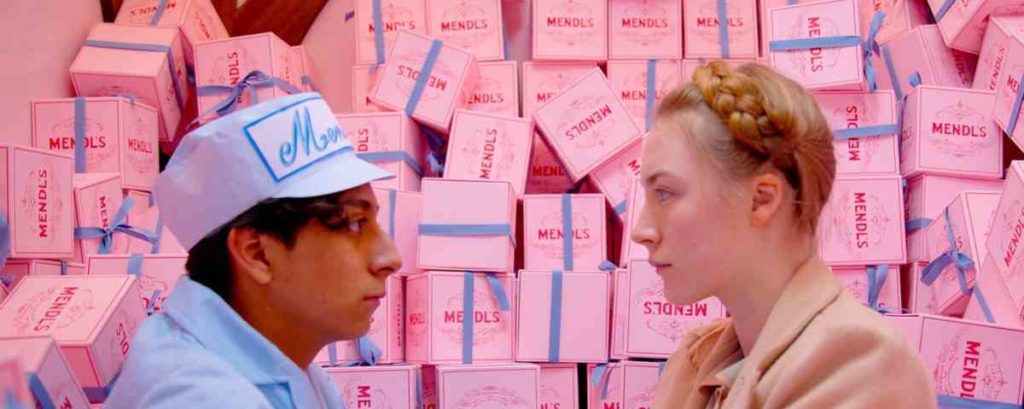
Pink does not have much use in cinema, but it appears very influential and key every time it arrives. Many directors use pink to show the innocence of the relationship between the characters. For this reason, the innocence of human beings in cinema is also shown with the help of this color. Health and vitality is another sign that can feel in cinema thanks to the color pink.
Love, affection, and friendship appear with the help of pink color in cinematic frames, and hidden charms can feel in cinema thanks to this color.
Playful and lovable characters in animation are usually seen in pink, and delicate and desirable objects are the same color in the seventh art. Femininity is another major feature of pink in cinema, which has become less common in recent years.
Yellow

The range of uses of yellow in cinema is almost endless. This color depicts peace and happiness as much as it shows the rationality and knowledge of the characters. Optimism and idealism are among the other personality traits felt in cinema thanks to the color yellow. The narratives that flow through the characters’ imagination in a movie are usually depicted with a yellow theme.
But the key feature of yellow in cinema seems almost obvious; Hope and life. Since the sun always comes to mind in yellow, the appearance of this color in various scenes is always accompanied by injecting hope and watching the passion and taste of life. In comedy films, summer, liberation, and holidays are also well felt with yellow dominance over the scenes.
Of course, yellow is not only used for good emotions in cinema.
When the characters in a screenplay are in a situation where they are not very honest, yellow is seen in the scenes.
In many cases, the yellow light falls on the bodies of cowardly, treacherous, and jealous characters, and in the scene where greed and gambling become the main theme of the story, the yellow color is also present. That is why the lighting on the faces of deceitful and deceitful characters is usually done in yellow.
Strange as it may seem, yellow can also indicate danger and violence. In many movies, characters dressed in yellow are depicted in stressful and exciting scenes and are usually violent and nervous.
Orange

As much as yellow is considered one of the most practical colors in cinema, orange does not affect the psychology of colors in cinema, and its applications seem limited. Humor is one of the most important features of orange in cinema.
Energy and warmth are also felt thanks to this color. Passion, liveliness, and mobility appear in cinema in orange, and glamor is felt with the help of this color.
Thanks to the color orange, loneliness, poverty, helplessness, and anger are some of the other situations portrayed in cinema.
Green
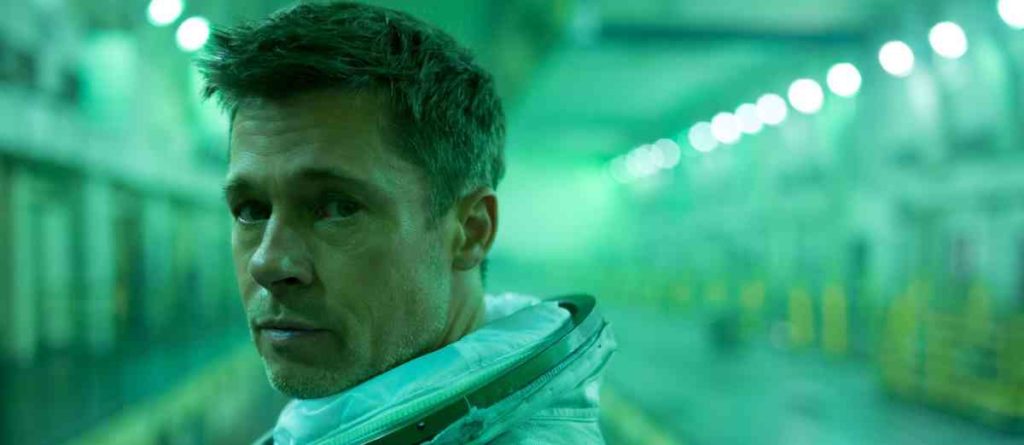
Green is a color that often reminds me of calm and kindness. For this reason, the uses of this color in cinema are specified and do not change much. The spiritual mood of a film is usually shown in green, but perseverance, stubbornness, and self-awareness are other signs that have been seen thanks to this color.
Nature [especially apocalyptic nature, which is the result of years of plant domination] is green, and health and success are also meaningful in this color.
Spring, greenery, fertility, life, and vitality are among the other situations and emotions depicted thanks to green. Youth and dynamism are also seen in cinema in green.
Unfamiliar environments usually have a green undertone in the cinema, and for this reason, inexperience also makes sense with this color. Jealousy has also appeared in the cinema in green.
Blue

Blue is also one of the most practical and attractive colors used in cinema and reminds us of faith and spirituality. This color has always been one of the most positive colors in cinema imagery, and for this reason, it shows satisfaction, loyalty, peace, and tranquility. Characters placed in the background of blue light are usually more mentally stable, and there is obvious innocence in their behavior.
For this reason, harmony, building trust, truth, and confidence also appear in the blue border in cinema.
As it may seem, conservatism, a political concept, is also portrayed in cinema in blue.
Perhaps the reason for the appearance of security, order, and beauty in cinema, thanks to the color blue, is also rooted in the connection of this color with conservative ideas.
Needless to say, a group of natural phenomena such as water, cold, ice, and sky is also clearly tied to blue in cinema.
This color has found two different uses in recent years in the seventh art. One of them is technology; When science fiction films reached a new level in the 1980s, blue was very important.
In recent years, this color has also represented the depression of movie characters.
Purple

Nudity, love, lust, and passion are the most important characteristics in cinema, thanks to the color purple. Although this color is reminiscent of these exciting and unbridled emotions in most scenes, purple has other uses in cinema.
Monarchy and aristocracy usually enter the cinema with purple themes, and ceremonies and celebrations are often illuminated in this color.
Of course, purple has other achievements for cinema; From spirituality and transformation to wisdom and enlightenment. It may be interesting to note that this color can also indicate oppression, tyranny, and suffocation in many cases.
Mourning, sadness, despair, and mourning are other reactions that have emerged in cinema thanks to the color purple. Whenever this color is seen on the silver screen, you should hope that a sign of intimacy and sensitivity also appears in the movie you are watching.
Brown
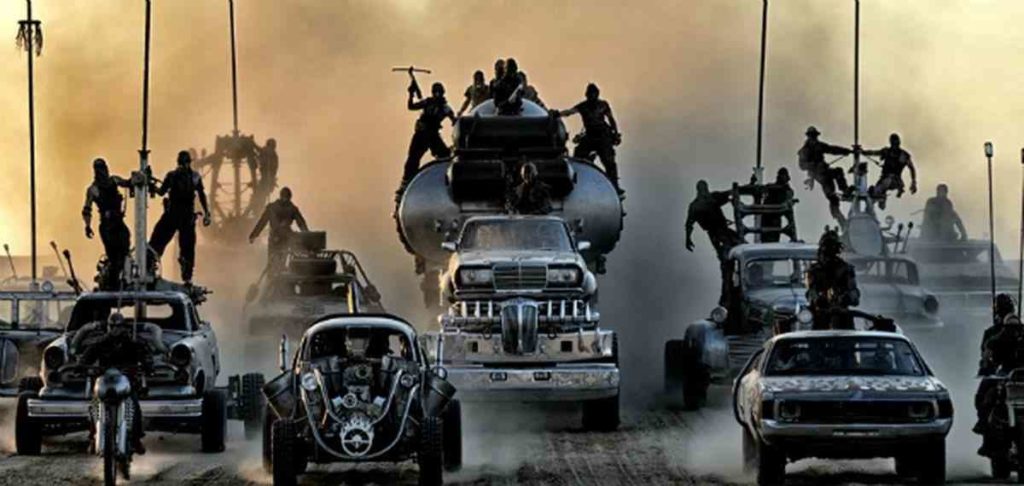
Everything related to the earth and materialism is shown in brown in cinema. It does not matter if the director is portraying the beauties of a wheat field or showing an apocalyptic situation of thirsty people; What is narrated on earth is associated with the color brown. For this reason, the houses and the space around them are also shown in the cinema with the help of this color.
Of course, coffee, like all other colors, has many psychological functions in cinema. This color reminds of confidence and reminds of comfort, and ease.
Thanks to their brown color, endurance, stability, hardness, and difficulty are also among the characteristics seen in cinemas. But the most repetitive use of this color in cinema seems almost obvious; Simplicity.
Wherever the cameramen want to show the simplicity and comfort of the story space, they use brown in the image.
Black
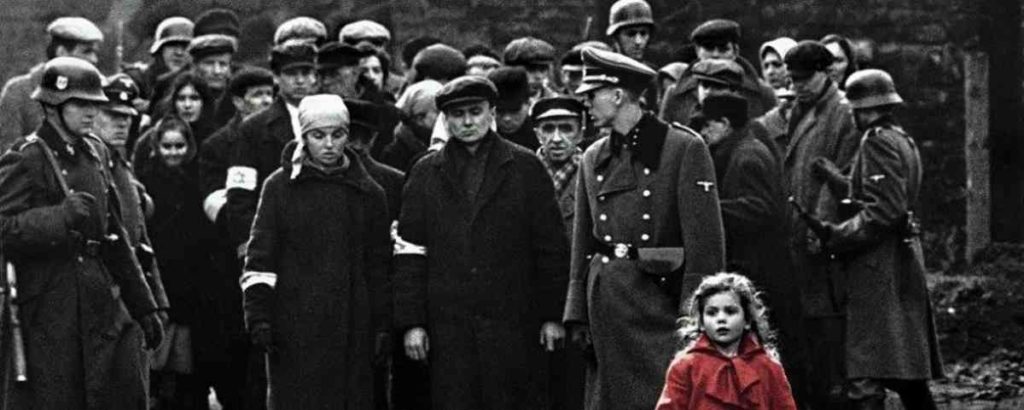
The color black is, above all, a reminder of the neutrality of all elements of the story. After that, it can also indicate power and gender. Thanks to the color black, the formality and dryness of the space are well felt in movies, and elegance and precision can be seen with the help of this color.
Wealth and aristocracy are other manifestations of the color black in cinema. Still, the fear and anonymity of the characters should be considered the key use of this color in cinema.
Sadness, frustration, depression, and fractures are also referred to as black in cinema.
In general, black is one of the most negative and frustrating colors that helps cinematographers convey the feeling of sadness, anger, regret, and frustration of their films to the viewer; A key color in the psychology of colors in cinema.
White
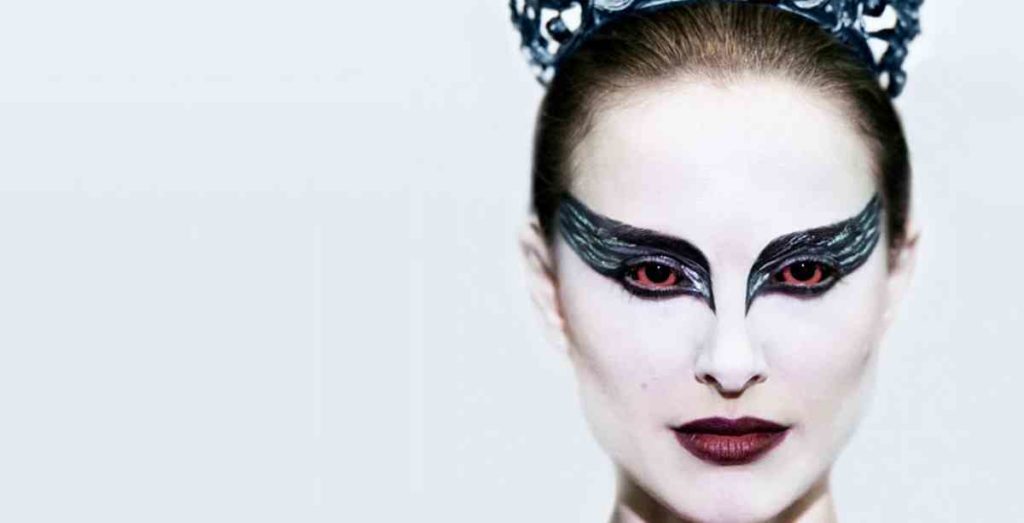
As depressing and depressing as black may seem, white is the color that brings hope, life, and vitality. Therefore, most of the functions of this color in cinema go back to positive features; Love, respect, purity, affection, simplicity, friendship, pleasantness, pleasantness, purity, serenity, peace, and humility are among the most important attributes that can be felt thanks to the color white in cinema.
Although winter and snowfall are seen in white movies, marriage, as one of the most spring events in the life of every human being, is always portrayed in white and similar lights in the cinema.
Interestingly, infertility or sexual and emotional attachments of the characters are also usually tied to white in movies.
The story becomes even more surprising when you look at East Asian movies and realize that white usually comes with death and the end of human life!
Needless to say, hospital spaces often appear with white lighting in movies. White is a pleasant and important color in the psychology of colors in cinema, which can sometimes mean innocence, youth, and beauty.
silver

This color is fascinatingly tied to the most complex concepts in the human world today. Therefore, its use in cinema, although it seems limited, has an acceptable depth. Silver is primarily a color that introduces technology, urbanization, the industrial revolution, modernity, and the new world to the viewer.
Then it is a glossy color that shows the highest examples of technology well. Since colored silver looks modern, it can also remind the glamorous phenomena in the script.
Golden

Gold is one of those colors with little use in cinema, but the very few uses seem highly contradictory. This color, as its meaning implies, is commonly used to denote precious objects.
Thanks to the golden color, wealth, royal life and extravagance are other signs that have come to the viewer’s mind.
Although prosperity and wealth are usually portrayed in gold in cinema, there are other angles to this color.
Developing countries [and countries with a sultry climate] are usually presented to the viewer in golden films in Hollywood. Perhaps it is only in cinema that gold represents both wealth and poverty.











